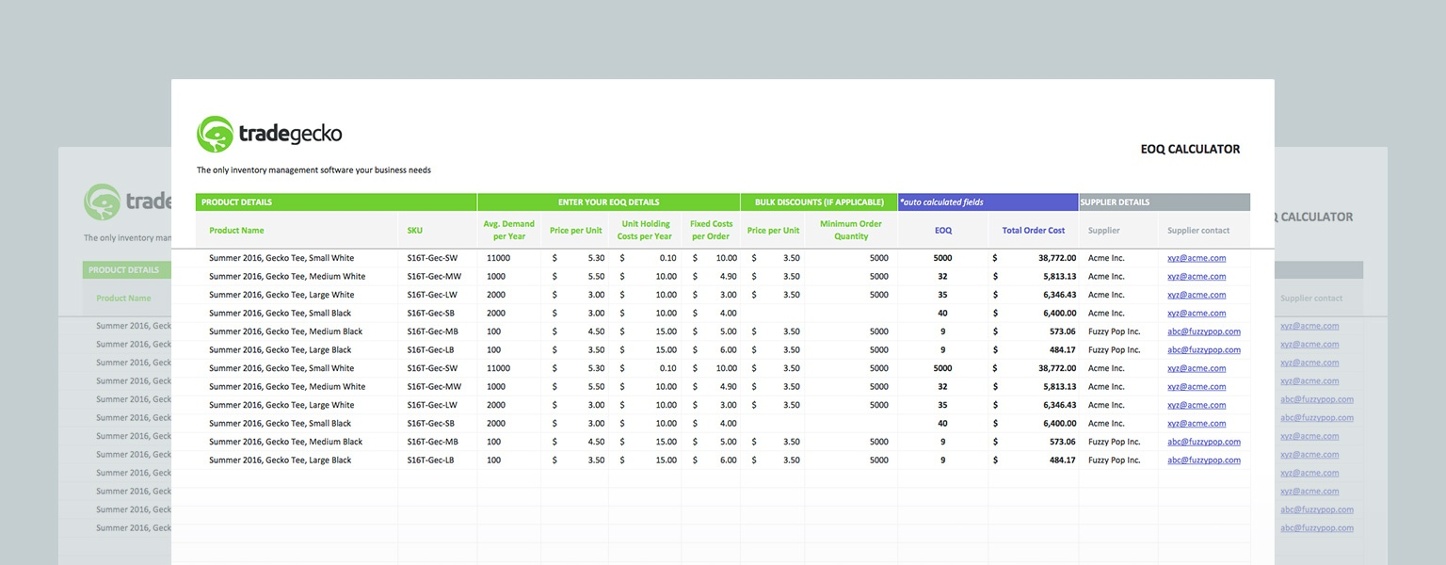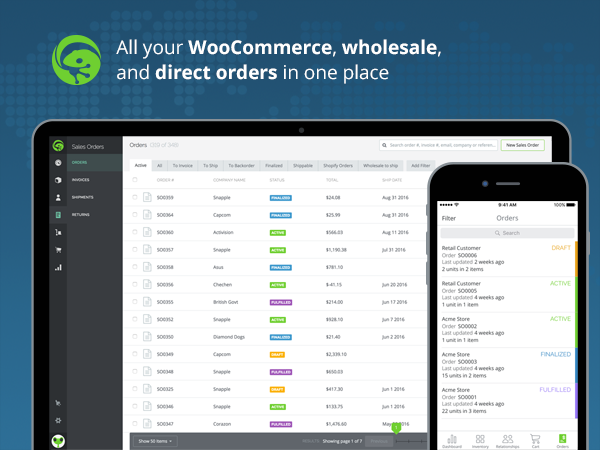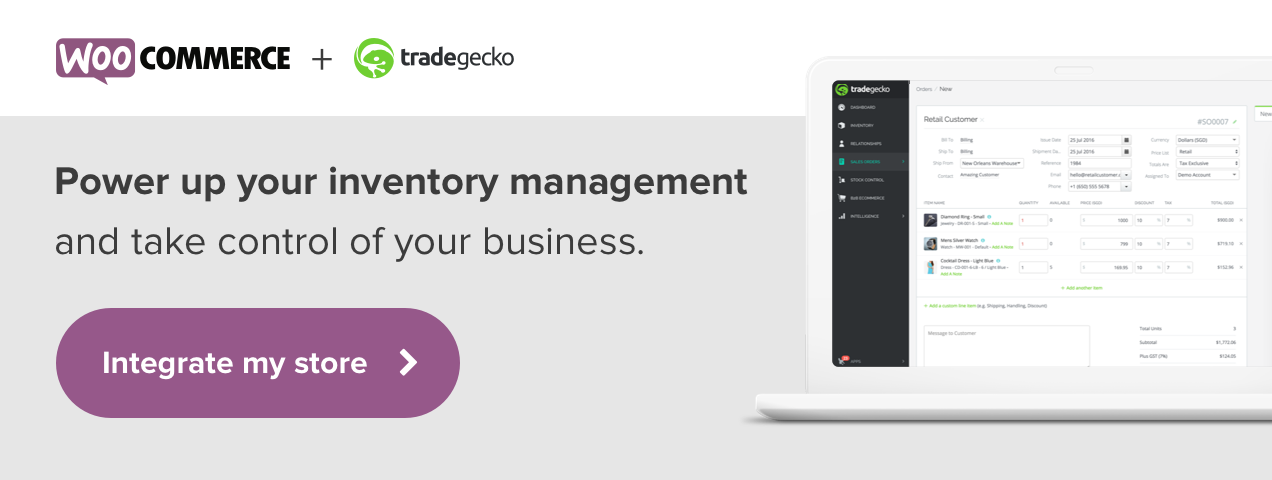Are you looking to improve your eCommerce inventory management?
According to a 2017 report, 43 percent of small business owners still count inventory by hand, rely on pen and paper, and manually key in data. That’s staggering, given how fast-paced and competitive today’s market is.
It’s these kinds of manual systems that lead to supply chain nightmares – from ending up with excess stock through to poor cash flow.
How do you get a handle on your inventory cleverly and efficiently? It’s easier than you might think.
Understanding inventory management and demand planning
Inventory and order management is an integral part of the supply chain process, and doing it well means that you always have the right stock at the right time and in the correct quantity. That involves being in control of how inventory is stored, knowing how much product you have for sale, knowing what to reorder and having the right order cycles. It’s a pretty tall order for small to medium businesses, especially when you’re scaling rapidly.
Truly being ready to sell across your inventory opens up plenty of opportunities, but being exposed to these opportunities means getting your inventory management system in tip-top shape.
This requires you to follow a few inventory and order management best practices, the most important of which we’ve outlined below.
1. Get your inventory forecasting methods right
Having the right amount of stock on hand is crucial – if you’re out of stock, customers will look elsewhere, and if you order too much, you could be stuck with dead stock that’s hard to move.
Many business owners will use qualitative forecasting methods, relying on perceived past performance and gut-feel when it comes to ordering and reordering inventory. Others use quantitative methods, where decisions are made based on how products have performed in the past, but to do this, you need to have accurate data on hand, which can be tricky if you’re working with manual systems that are susceptible to human error.
The easiest way to get this right is to invest in inventory management software. This way you’re more likely to order stock that sells, and the best part is the software can crunch the numbers for you.
2. Maintain the right level of inventory
When it comes to ordering inventory, many suppliers will offer special deals when you order larger quantities. But how do you know if this is the right move?
Not only do you need to take into account the cost and quantity of the order, but also the associated carrying costs. To do this, you need to use the Economic Order Quantity (EOQ) formula. Knowing what your EOQ is will help you to maintain a healthy level of inventory.

3. Work out the best place(s) to sell your inventory
Ever realized that you’ve oversold a certain product because you received orders for it from multiple channels? It’s a common occurrence for businesses who sell inventory across multiple sales and distribution channels or platforms.
You need to be able to manage inventory across different channels – for example, a brick and mortar store and online storefront – with systems that offer a flow of real-time information so that you’ve always got the right amount of stock, in the right places, at the right time. This will help to avoid over-selling or under-selling your products.
Inventory management for WooCommerce
There are a number of ways to manage inventory for your WooCommerce store from manual to fully automated solutions. You need to choose the approach that best suits you, your business, and your budget.
While Excel is a good low-cost solution for start-ups, once a business begins to scale and grow in complexity, something so manual can quickly turn into a cumbersome process that will end up costing you hours of wasted time.
Dedicated inventory and order management software, on the other hand, can help growing businesses manage their inventory, orders, and customers from one place, allowing for smarter work and time usage.
If you find that you’re dreading stocktake (and opening Excel!), then it’s probably time to upgrade. There are a number of tried and tested inventory management extensions available in the WooCommerce.com marketplace, including TradeGecko.

Whatever solution you choose, when it’s time to move beyond pen, paper, and gut-feel – we wish you luck!





